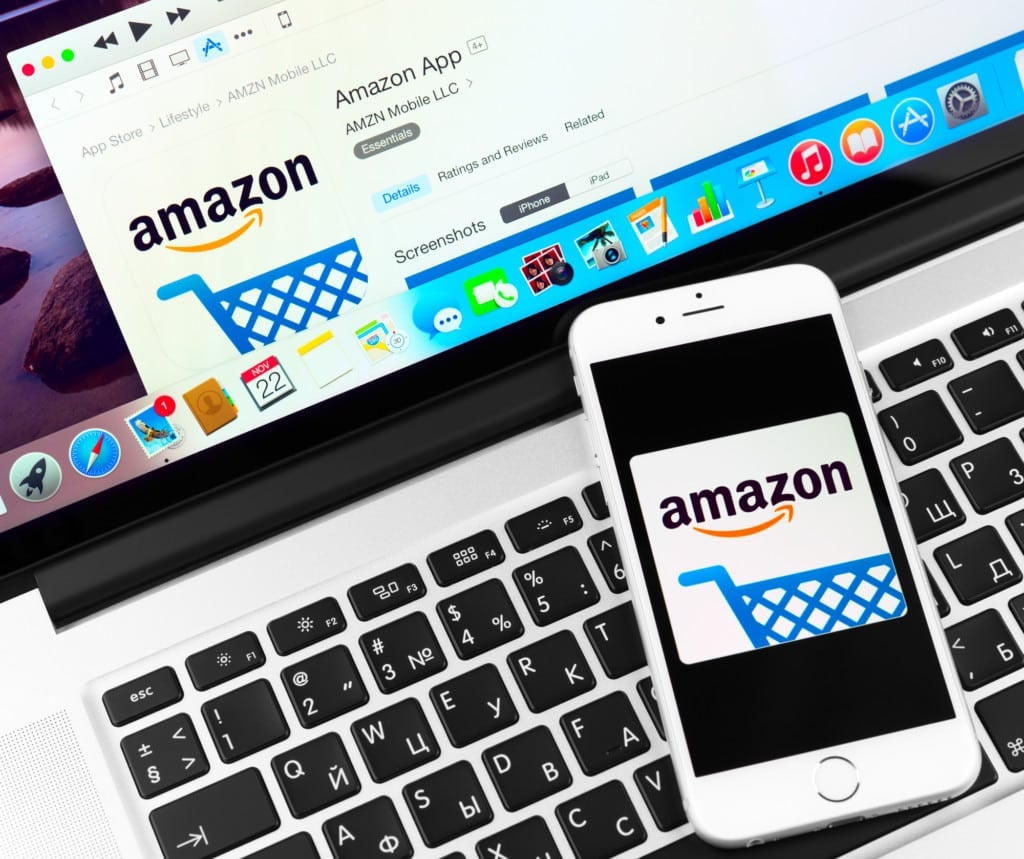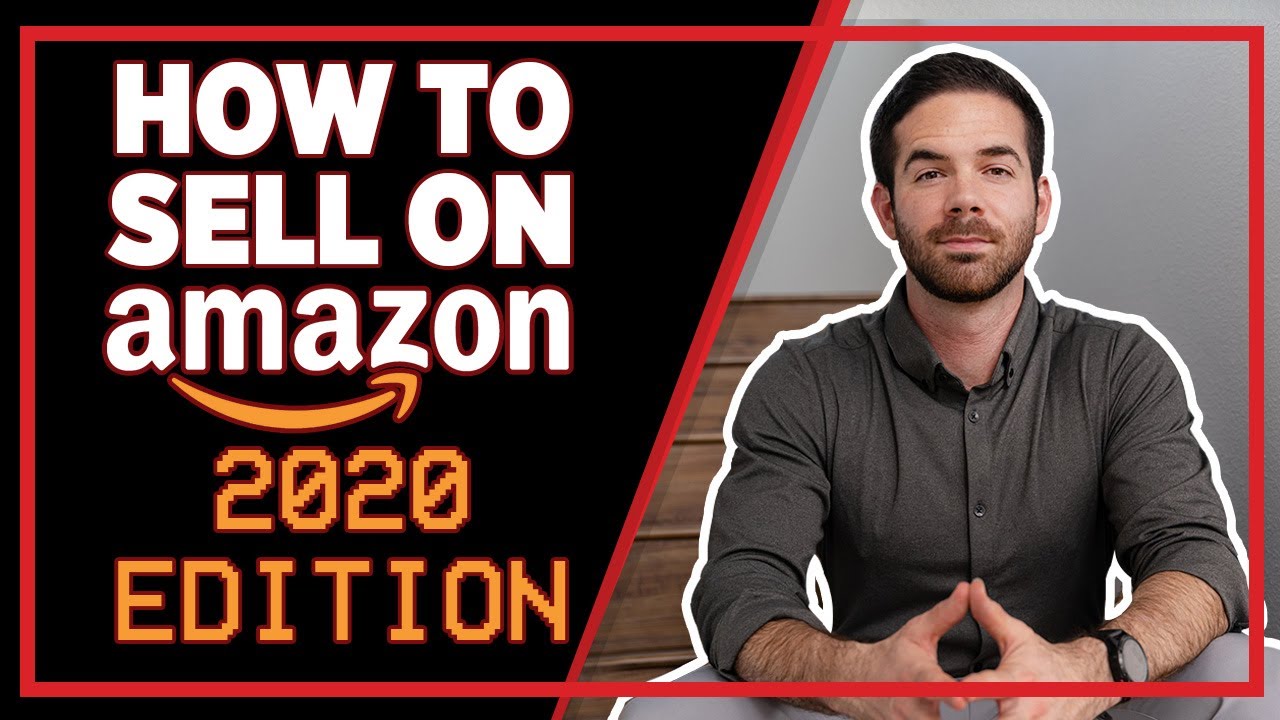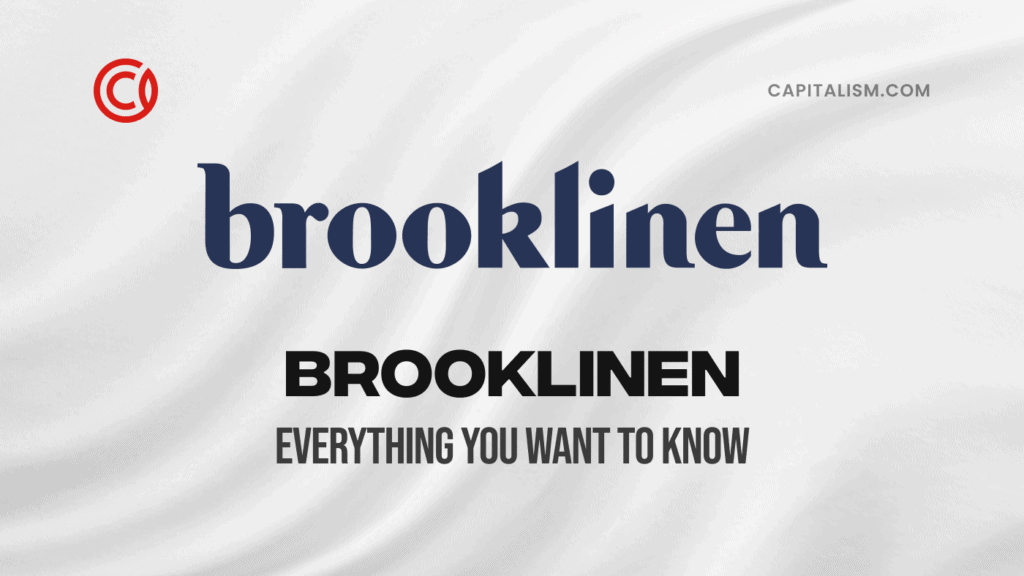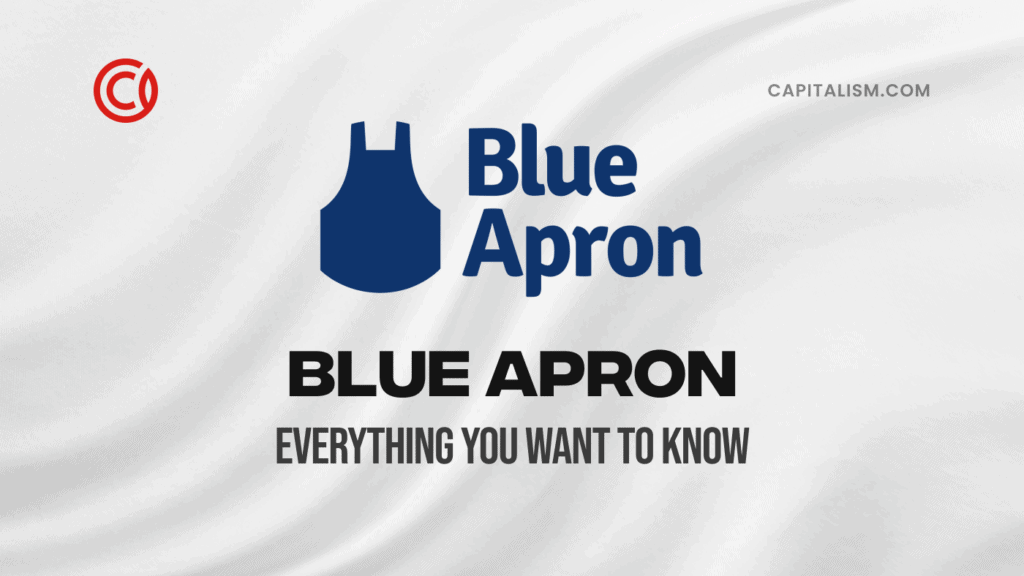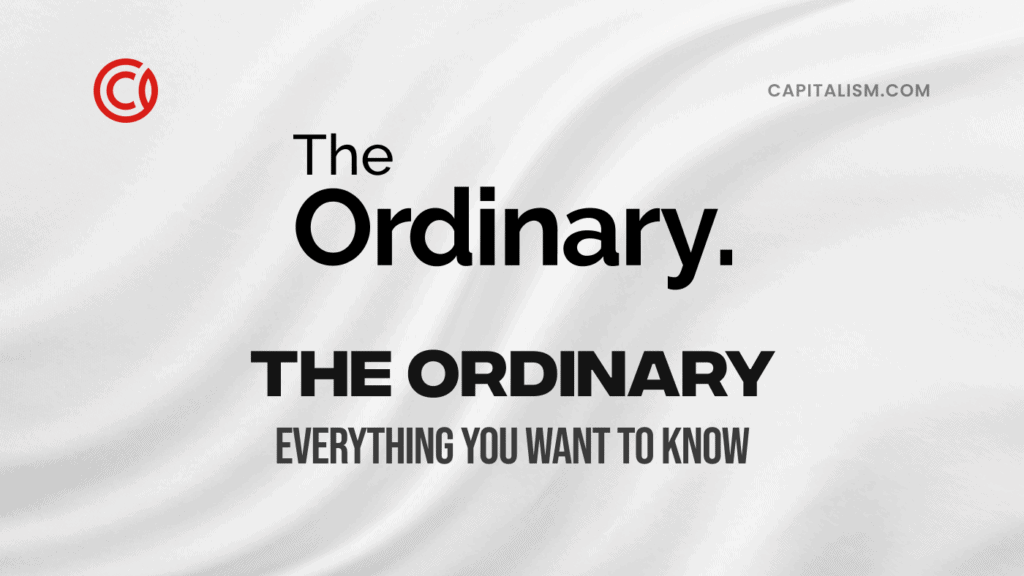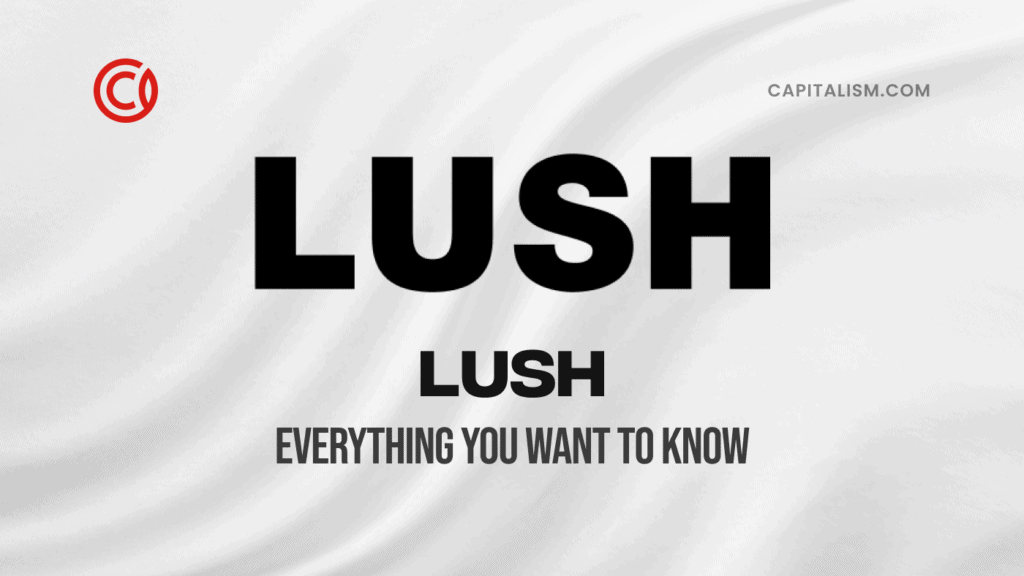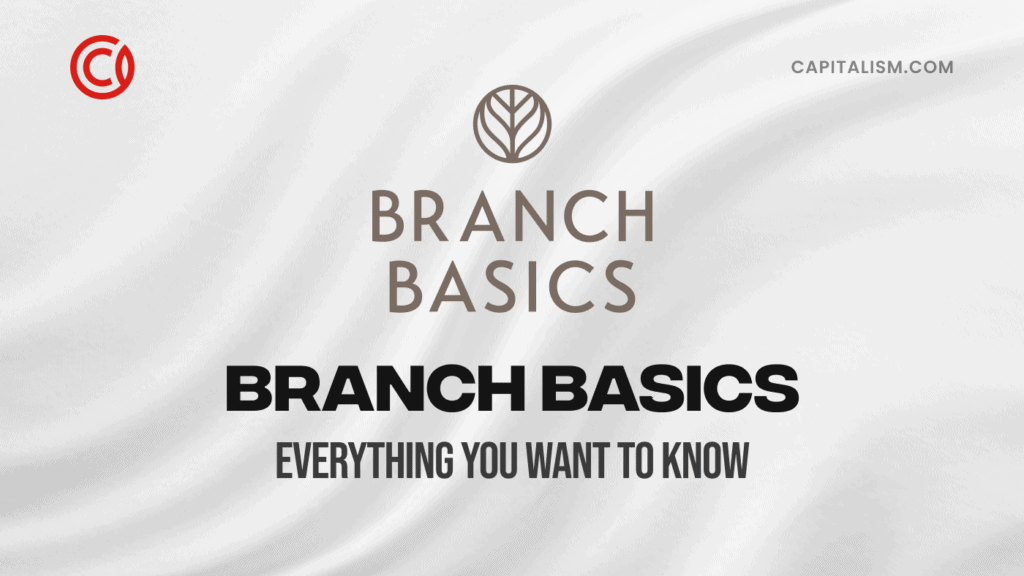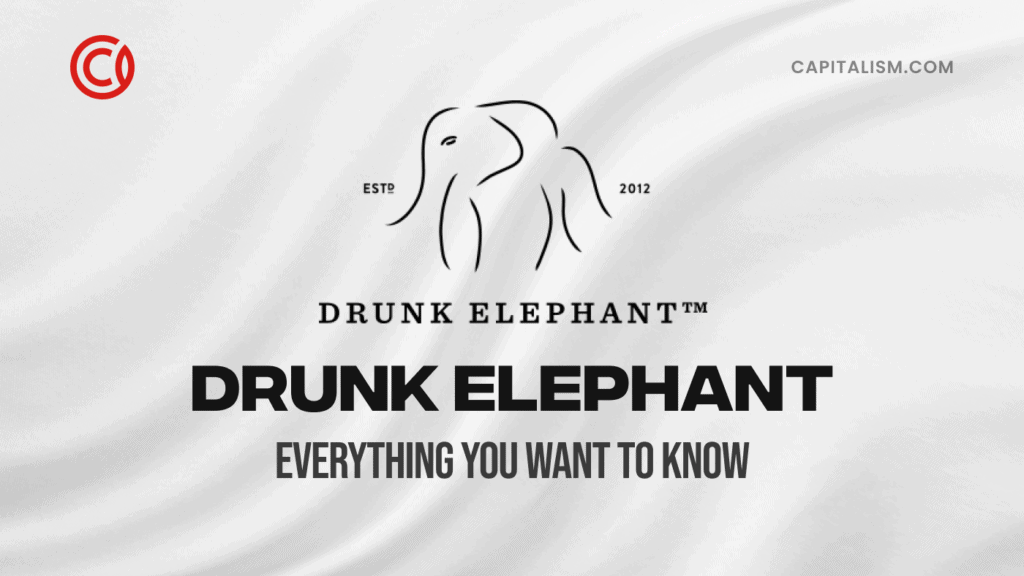How much do you know about the history of Amazon?
Amazon is one of the biggest e-commerce marketplaces in the world. Today, Amazon is also the platform where new entrepreneurs can make millions selling products online.
Often touted as "The Everything Store," you can buy nearly anything you can think of on Amazon—from novelty coffee mugs to high-spec laptops. This vast product selection, paired with a customer-centric business model, explains why Amazon represented 49% of the U.S. e-commerce market in 2018.
Amazon wasn't always the retail monolith you know today. In this article, we offer a brief history of Amazon. You'll find out all about the milestones that propelled this garage startup to e-commerce royalty. Plus, feast your eyes on the epic “Everything You Need to Know about Amazon” infographic below.
But first, if you’re really here because you want to build a physical products brand that sells on Amazon, watch this video.
The History of Amazon (Including Little Known Facts That May Surprise You)
How Did Amazon Begin?
The protagonist of this story features Jeff Bezos. After graduating from Princeton University in computer science and electrical engineering, Bezos worked several jobs, including a telecommunications startup and a banking firm.
In 1994, Bezos landed at the hedge fund D.E. Shaw. He quickly climbed the ladder, becoming Vice President in just four years. Here, Bezos was responsible for researching new business opportunities on the budding internet at the time. But when Bezos proposed a list of 20 products they could sell online, they shut him down. This is when Bezos finally decided it was time to set out on his own.
"I knew that I might sincerely regret not having participated in this thing called the internet that I thought was going to be a revolutionizing event. When I thought about it that way... it was incredibly easy to make the decision." – Jeff Bezos
When Was Amazon First Started?
The stage is set. So, when does the history of Amazon begin?
Amazon didn't start as the prominent household name you know today. Originally called Cadabra Inc., Bezos wanted to play off the magical incantation abracadabra. This decision quickly fell through after his lawyer said "Cadabra" sounded like "cadaver" on the phone. Good move— that's not the most flattering association when you're building a brand.
After poring over the dictionary, Bezos mulled over two options: Relentless and Amazon. But you already know which name won this competition. (Fun fact: if you type Relentless.com into your browser, you get redirected to Amazon.com.)
Amazon was the perfect choice. What better way to name the (soon to be) world's most prolific e-commerce marketplaces than after one of the world's largest rivers? Bezos registered Amazon.com on November 1, 1994.
What Was Amazon's Original Purpose?
Name picked. Check. Domain name registered. Check.
Now, what to sell?
Remember that list of 20 products Bezos proposed to his former boss? After boiling down this list, he decided that he would kickstart Amazon by selling books. Why?
- There's a universal demand for books.
- Books aren't super expensive.
- There were thousands of titles he could sell.
But what about the competition?
How did Bezos intend to succeed when facing well-known competitors, like Barnes & Noble?
Convenience.
Bezos wanted books to be accessible to every reader, no matter where they lived. He wanted Amazon to be the go-to resource for people everywhere to purchase books.
So, in July 1995, Amazon opened its doors as one of the first online bookstores. But if you think Amazon had the 1,000,000 square feet fulfillment centers they have today, think again. The beginnings of the Amazon company history and background might surprise you.

Fulfilled by Amazon… In a Garage?
That's right. Jeff Bezos started running Amazon.com straight from his garage in Seattle. Even with humble beginnings, the history of Amazon was off to a roaring start, generating far beyond any ole' garage sale:
- Within 30 days, Amazon generated $20,000 per week in sales.
- In just a few months, Amazon had customers in every U.S. state plus 45 countries.
- By the end of the year, Bezos employed 250 employees.
Yet, Amazon was snowballing—Bezos needed additional capital to meet increased demand. In 1997, Bezos decided to release Amazon's IPO at just $18.00 per share. If you managed to snag some shares, you're potentially sitting on a stack of cash. "$10,000 invested on that day and price would be worth more than $12 million as of May 2020," according to Investopedia.
Amazon raised $54 million. The funding went to growing Amazon.com as the leading online retailer of books of its time.
Transitioning into The Everything Store
The Amazon you know today is more than the leading online bookstore. It's the leading online retailer for… well, anything! Hop on their website today, and you can buy pet accessories, clothes, and trampolines. After absorbing Whole Foods markets, you can even order groceries online.
So, when did Amazon start selling more than books?
It was a slow transition. In 1998, Amazon announced that they'd be expanding to sell more than books. They started selling computer games and music. Within a few years, Amazon's product categories grew to encompass computer software, toys, and video games.
Amazon's rapid growth didn't go unnoticed. TIME Magazine featured Jeff Bezos as the Person of the Year 2019. Jeff Bezos' face on the cover of Time Magazine launched him into the public discourse. That only created more publicity for Amazon.com.
Amazon Didn't Just Expand Their Product Categories
Amazon did more than just selling more product categories. Bezos also started acquiring and starting subsidiary companies.
After achieving massive profitability in a couple of years, Bezos invested heavily in computers and servers to run its business operations. Eventually, Bezos realized a winning idea. They'd use their computer systems to help other companies run their businesses.
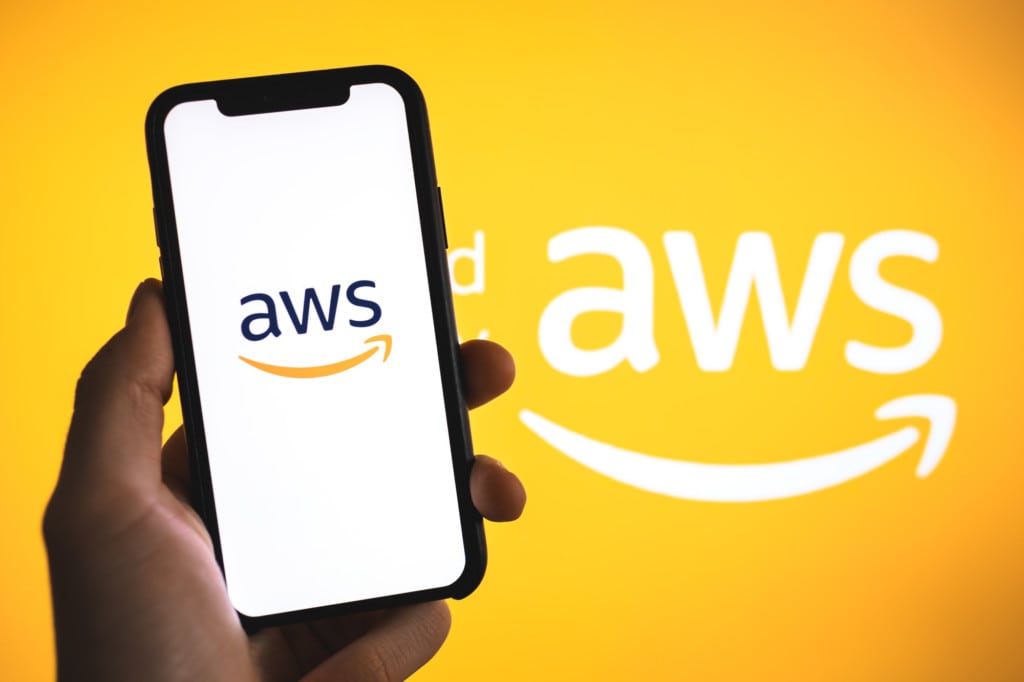
The year is 2006. Enter: Amazon Web Services (AWS).
AWS is a cloud computing company that hosts websites for customers and businesses. If you're an entrepreneur with a winning business idea, you need an online home. You need to host your site on a server.
AWS lets you rent servers, based on your unique business needs. It's an affordable way for small business owners to run large-scale websites. AWS is also for more than small business owners. Noteworthy companies you're likely familiar with also use AWS:
- Netflix
- Twitch
Yet, AWS is only one point in Amazon's extensive web of subsidiaries. You might be familiar with other Amazon subsidiaries. The shortlist includes IMDb, Audible, Zappos.com, Twitch, and Whole Foods Market.
The history of Amazon doesn't end with just selling everything. Pull back the curtains, and it feels like Amazon is everywhere.
When Did Amazon Become Popular?
Amazon had three milestones that significantly contributed to its reputation and success:
#1 The 1-Click Patent
When shopping around Amazon, you've probably seen this button before:
This button is the likely culprit responsible for all those impulse purchases you've made. Yes, we all have that wacky coffee mug nobody needs.
In September 1999, Bezos patented this technology to purchase an item in one-click. This patent may not seem like much. But this patent is a game-changer for the online shopping experience.
See, increasing your customer conversion rates means reducing friction during the shopping experience. This simple button reduces that friction. Essentially, it eliminates those pesky seconds when a shopper reconsiders the contents of their cart.
Other companies noticed and tried to (illegally) implement this technology for their own business. Barnes & Noble was one of those companies. They quickly met with a lawsuit for patent infringement.
Fortunately for companies today, the patent expired in 2017. That means any business could leverage this 1-click buy button to boost their online sales potential.
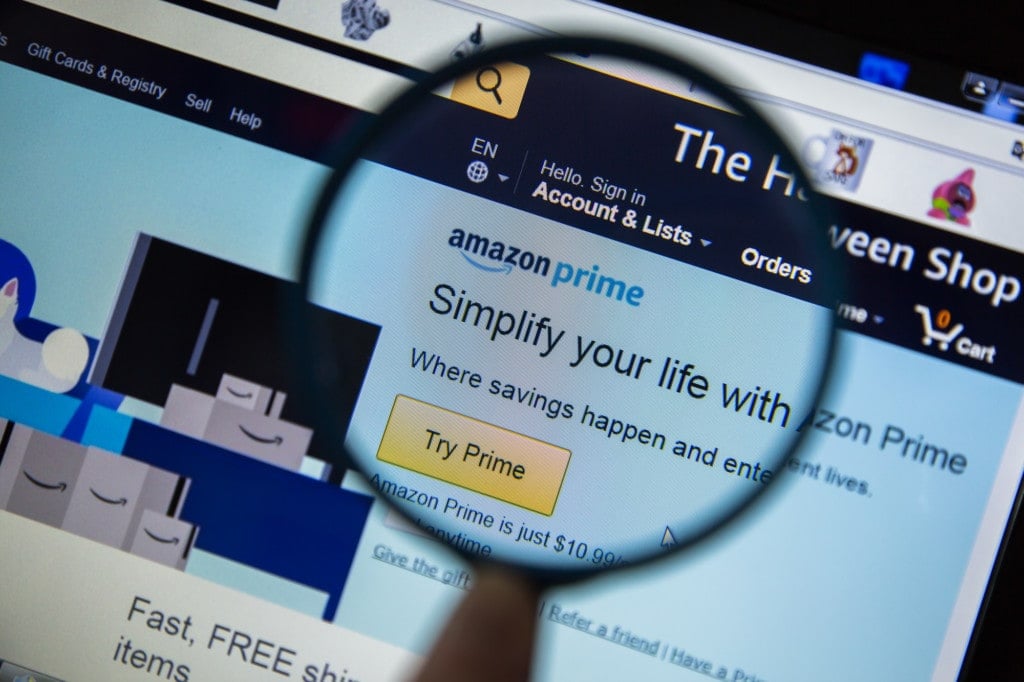
#2 The Birth of Amazon Prime
On February 2, 2005, Amazon debuted its customer loyalty program. You already know what it is. It needs no introduction.
Amazon Prime.
For $79 per year (at the time), this membership got you 2-day shipping on any order. That was monumental at the time (and perhaps still is). This new promise forever raised the bar for convenience when online shopping. And it's the one thing about Amazon that distinguishes itself from its competitors.
But many stakeholders were hesitant about this business decision. They feared this membership program would bankrupt the company. This huge promise would surely drain the company's coffers, many worried.
But Bezos proved the naysayers wrong.
Instead, Amazon Prime created a fiercely loyal customer base. Prime members were more likely than non-Prime members to spend more and place more frequent orders. According to Business Insider, Amazon's Prime membership base has steadily grown. Currently, 150 million Amazon members globally enjoy its perks.
The Amazon Prime membership is one reason Amazon rules the e-commerce marketplace today.
#3 Amazon Revisits Its Bookstore Roots
In 2007, Amazon achieved another milestone: the unveiling of its first Kindle e-reader.
It's little surprise why Bezos chose to capitalize on their e-reading devices. After all, Amazon built a reputation for being the leading online retailer of books. Now, Amazon is the leading online retailer of electronic books.
The Kindle e-reader created an entirely new reading experience for their customers. In 2011, e-books were even outselling print books on Amazon, according to The New York Times. These low-cost devices would not only get more people reading. They also got more people buying from Amazon.
Amazon's Recent and Some Less-Than Stellar Press
Amazon has achieved some incredible successes — including helping entrepreneurs make a million dollars on Amazon. But this company also has its fair share of undesirable press. Stick around to find out.
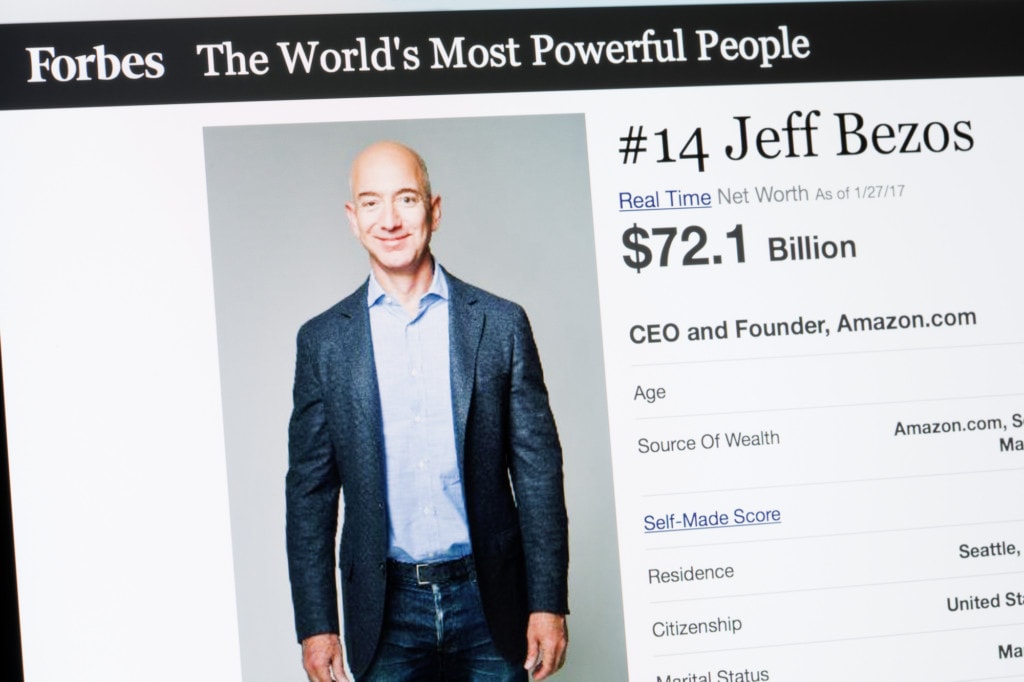
Bezos Stealing Proprietary Information?
Bezos has been the target of allegedly stealing proprietary information after investing in startups.
"The Journal spoke with startups who said Amazon made similar hardware and software products after purchasing stakes in the companies," Business Insider reports. "In one example, Amazon invested in a hardware startup Nucleus, only to unveil an Echo device that directly competed with Nucleus' product."
Smaller companies, like Defined Crowd and Vocal Life, were also alleged victims of stolen proprietary information. These smaller companies could not compete with the Amazon giants. Like Nucleus, these businesses had to downsize or close.
Responding to these allegations, Amazon says they do not use confidential information to create competing products. "Unfortunately, there will always be self-interested parties who complain rather than build," an Amazon spokesperson told Business Insider. "Any legitimate disputes about intellectual property ownership are rightly resolved in the courts."
Amazon stands by its track record in creating features, products, and services that innovate that market and serve its customers.
Amazon and COVID-19
As you already know, COVID-19 disrupted the economy and daily lives of all Americans. Unfortunately, it has also created working conditions that have stirred the American workforce into action.
Workers across the country organized a boycott of prominent corporations. They had Amazon, Whole Foods, Instacart, and Target in their sights on May 1, 2020. Many called this The Mayday General Strike.
"Workers at Amazon, Whole Foods, Instacart, Walmart, FedEx, Target, and Shipt say they will walk off the job on May 1," Vice Motherboard reports, "to protest their employers' failure to provide basic protections for frontline workers who are risking and losing their lives at work."
To protect their health and safety while working, frontline workers demanded:
- Personal protective gear
- Healthcare benefits
- Paid leave
- Hazard pay
This movement gained significant online traction. Workers from over 100 stores pledged their participation. Yet with this press, how is Amazon's bottom line faring?

Amazon Experiencing a "Wealth Surge" During Pandemic?
Despite the overall trend of the economy in 2020, Amazon still reported $75.5 billion in the first quarter. Fortunately, Bezos is putting this money to good use in these uncertain times.
"[Bezos] has announced that Amazon currently plans to spend all of its expected $4 billion operating profit for the second quarter of this year on measures to insulate the company against COVID-19," Dailystar UK reports. These insulating measures include:
- More cleaning in fulfillment centers
- Protective gear
- Changes to promote social distancing
- Higher wages
- Regular coronavirus testing for employees
Moreover, Amazon has hired 175,000 additional workers within the last business quarter. Whether the recent May Day strikes have influenced this change, Bezos is using his company's profits to contribute to his employee's health and safety.
Other Questions People Ask Once They Go Down The History of Amazon Rabbit Hole
Who Is a Trillionaire?
A trillionaire is somebody whose net worth is higher than one trillion dollars (or equivalent currency). With that said, how does a trillionaire measure against the richest man on earth?
Who Is The Richest Man On Earth?
Jeff Bezos is. The 2019 Bloomberg Billionaire index reports Jeff Bezos's net worth at approximately $190 billion. Following Bezos is Bill Gates, Founder of Microsoft, with a reported net worth of $104.3 billion. Next in line is Bernard Arnault, with his estimated net worth of $106 billion.
Is Anyone a Trillionaire?
As you just learned, we currently don't have any trillionaires in the world. Bezos is ranking first place with the highest net worth. However, many financial experts predict that Jeff Bezos is well on his way to the trillionaire milestone.
(Perhaps you might dare rise to the challenge and get there first!)
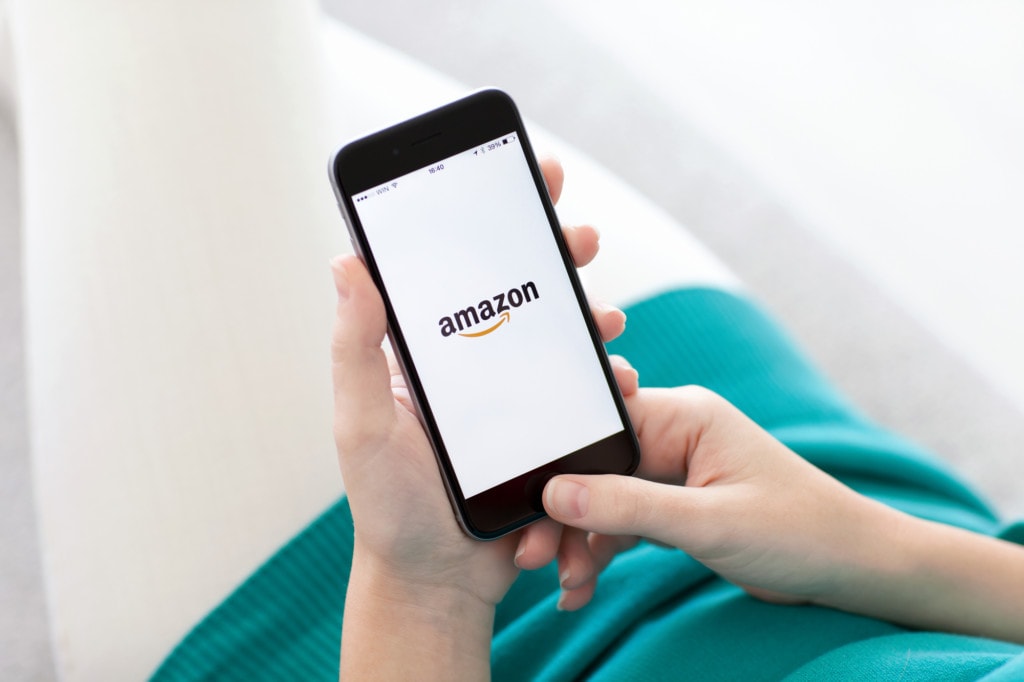
Why Did Jeff Bezos Create Amazon?
Simply put: Jeff Bezos had a passion for electronic retailing and servicing the customer. Throughout his life and college, Bezos dreamed of creating his own company. The internet created an opportunity, and he seized it.
More importantly, Bezos created Amazon because he followed the "regret minimization framework." This framework poses the question: In X number of years, will I regret not doing this? He asked this same question when deliberating leaving his day job to found a tech startup.
The Amazon history timeline follows Bezos from his garage startup in 1994 to the multi-billion dollar company he built today. Yes, the journey brought challenges Bezos had to overcome. Yet, it might be safe to say that Bezos holds no regrets.
What about you?
Do you have a winning business idea that you think could innovate the market and better serve your customers? If you're sitting on this idea, do what Bezos did. Ask yourself, In X number of years, will I regret not doing this?
You know the answer already. The next step is getting your game plan together. Check out this free video training series. You'll be on your way, and we'll be here to help you every step of your journey.
